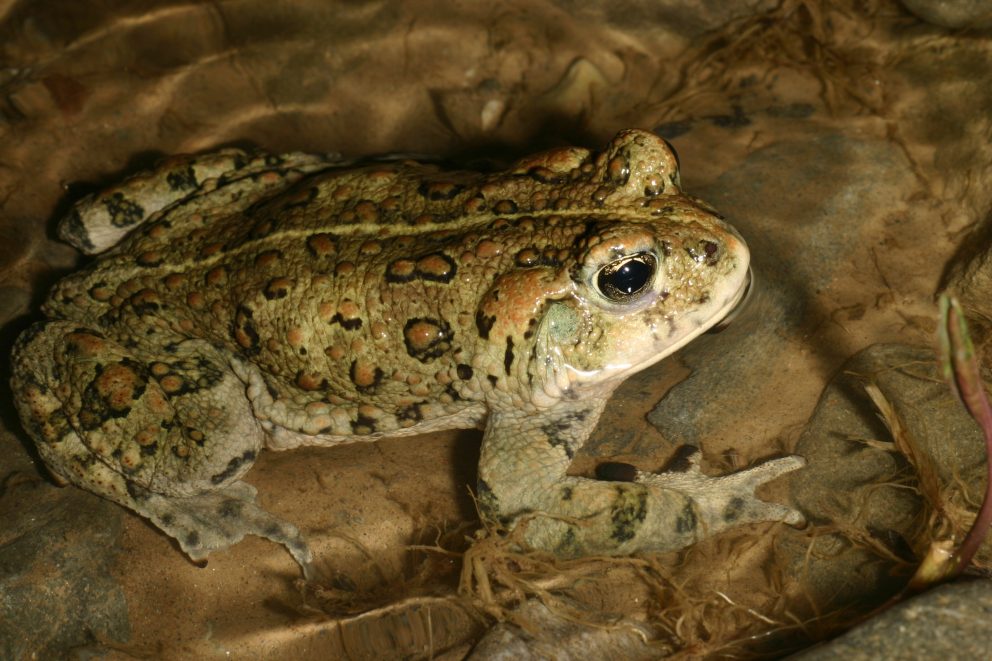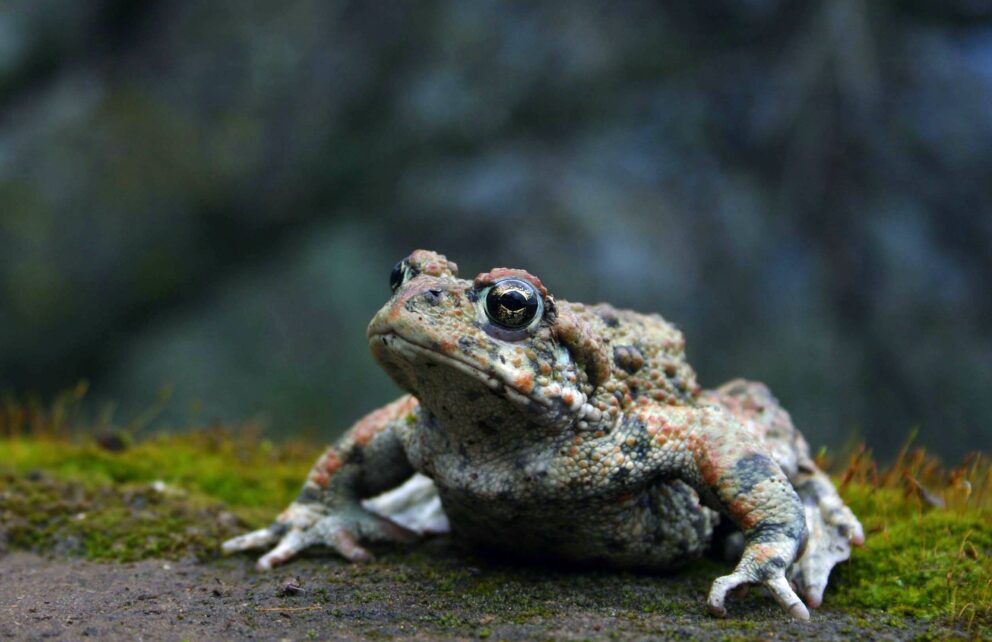- SCIENTIFIC NAME
- Anaxyrus boreas
- CLASSIFICATION
- Amphibian
- LIFE SPAN
- 3-9 Years
- STATE CONSERVATION STATUS
-
- Priority Species
- FEDERAL CONSERVATION STATUS
- Least Concern
- GAME STATUS
- Non-Game
- Washoe
- Humboldt
- Pershing
- Churchill
- Mineral
- Lyon
- Douglas
- Carson City
- Storey
- Elko
- Lander
- Eureka
- White Pine
- Esmeralda
- Nye
- Lincoln
- Clark
Habitat & Range
The Western Toad uses many different types of habitats. They are found in most of Nevada, except for the very southern part of the state.
- Grasslands
- Marsh
- Springs and springbrooks
Threats
- Disease
- Habitat Loss
- Invasive Species
Natural History
These toads utilize burrows by digging their own or using abandoned burrows of small mammals. The eggs and tadpoles develop in shallow areas of ponds, lakes, reservoirs, or in pools of slow-moving streams. Females will lay around 5,000 eggs in long strands. In cold water, the eggs will take longer to hatch, but in typical conditions, they will hatch in about a week. Tadpole development is also temperature dependent making them develop faster in warmer waters. Typically tadpoles will leave the water in 1 – 3 months. These toads use their sticky tongues to catch their prey including spiders, worms, moths, beetles, and ants. To defend themselves, the Western Toad can secret a foul-tasting toxin from their parotoid glands, however, some ravens have learned to avoid the areas that contain this toxin. Common predators include fish, birds, and snakes.
Fun Facts














